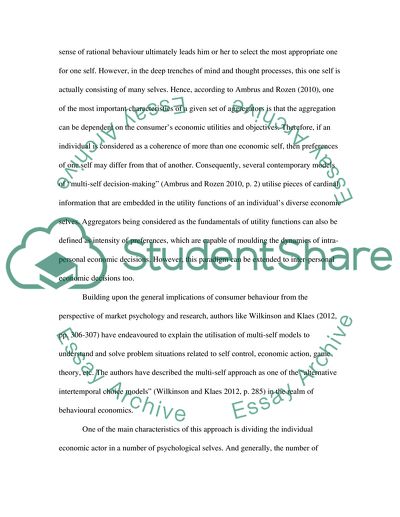Cite this document
(“Multi-Self Model and the Dual-Self Model Approaches to Self-Control Essay”, n.d.)
Multi-Self Model and the Dual-Self Model Approaches to Self-Control Essay. Retrieved from https://studentshare.org/macro-microeconomics/1624995-examine-the-multi-self-model-and-the-dual-self-model-approaches-to-self-control-problems-critically-evaluate-the-respective-strengths-and-weaknesses-of-each-model
Multi-Self Model and the Dual-Self Model Approaches to Self-Control Essay. Retrieved from https://studentshare.org/macro-microeconomics/1624995-examine-the-multi-self-model-and-the-dual-self-model-approaches-to-self-control-problems-critically-evaluate-the-respective-strengths-and-weaknesses-of-each-model
(Multi-Self Model and the Dual-Self Model Approaches to Self-Control Essay)
Multi-Self Model and the Dual-Self Model Approaches to Self-Control Essay. https://studentshare.org/macro-microeconomics/1624995-examine-the-multi-self-model-and-the-dual-self-model-approaches-to-self-control-problems-critically-evaluate-the-respective-strengths-and-weaknesses-of-each-model.
Multi-Self Model and the Dual-Self Model Approaches to Self-Control Essay. https://studentshare.org/macro-microeconomics/1624995-examine-the-multi-self-model-and-the-dual-self-model-approaches-to-self-control-problems-critically-evaluate-the-respective-strengths-and-weaknesses-of-each-model.
“Multi-Self Model and the Dual-Self Model Approaches to Self-Control Essay”, n.d. https://studentshare.org/macro-microeconomics/1624995-examine-the-multi-self-model-and-the-dual-self-model-approaches-to-self-control-problems-critically-evaluate-the-respective-strengths-and-weaknesses-of-each-model.


